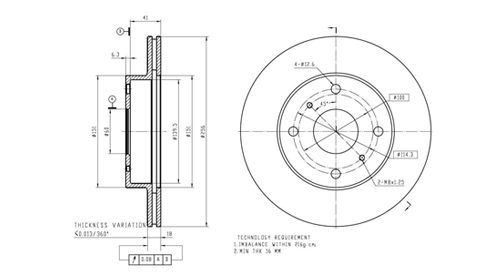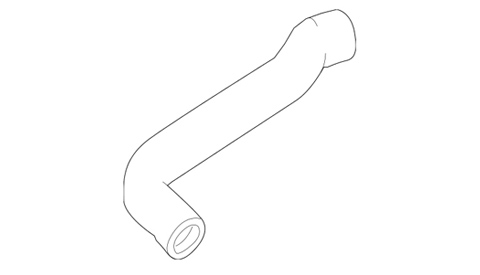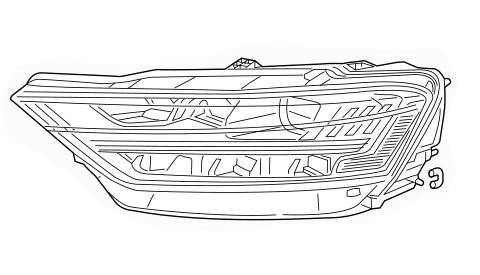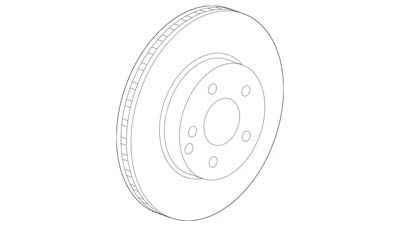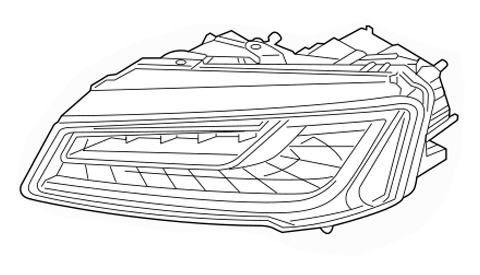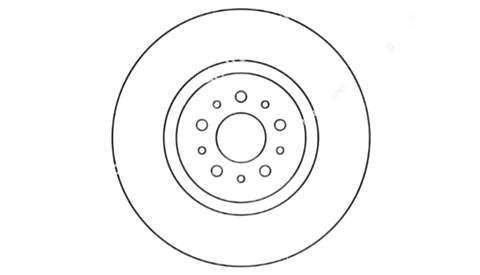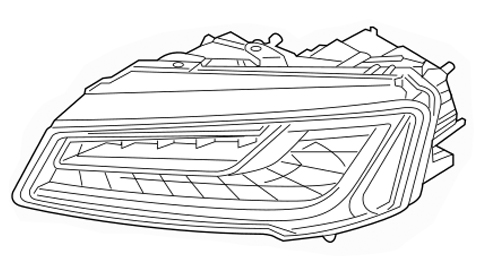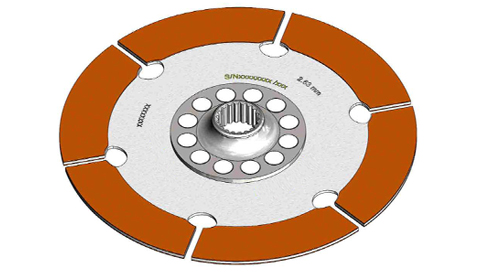-
Array
(
[0] => Array
(
[id] => 1
[siteid] => 1
[parentid] => 0
[parentstr] => 0,
[infotype] => 0
[classname] => Home
[navname] => Home
[alias] =>
[english] =>
[linkurl] => /
[relinkurl] => index.html
[picurl] =>
[picwidth] =>
[picheight] =>
[colorval] =>
[boldval] =>
[seotitle] => Automotive Lamp suppliers,Led Headlight solutions,Luz Led Para Moto price,Headli
[keywords] => Automotive Lamp suppliers,Led Headlight solutions,
[description] => IV Auto Parts is a Automotive Lamp suppliers, provides Led Headlight solutions,Luz Led Para Moto price,Headlights For Car fittings.
[orderid] => 1
[isnav] => true
[checkinfo] => true
[url] => index.html
[child] => Array
(
)
)
[1] => Array
(
[id] => 2
[siteid] => 1
[parentid] => 0
[parentstr] => 0,
[infotype] => 0
[classname] => About Us
[navname] => About Us
[alias] =>
[english] => We Make Fence Idea
[linkurl] => about.php
[relinkurl] => about.html
[picurl] =>
[picwidth] =>
[picheight] =>
[colorval] =>
[boldval] =>
[seotitle] => Car Head Lamp Agencies,vehicle Headlamp Wholesale,car Head Lamp Price; IV Auto P
[keywords] => car head lamp agencies,vehicle headlamp wholesale,
[description] => IV Auto Parts, built in Hongkong and based in mainland China, has specialized
in developing and exporting high quality fencing system since 2009.
[orderid] => 2 [isnav] => true [checkinfo] => true [url] => about.html [child] => Array ( [0] => Array ( [id] => 10 [siteid] => 1 [parentid] => 2 [parentstr] => 0,2, [infotype] => 0 [classname] => Our Culture [navname] => Our Culture [alias] => [english] => [linkurl] => about.php?cid=10 [relinkurl] => about-10-1.html [picurl] => [picwidth] => [picheight] => [colorval] => [boldval] => [seotitle] => [keywords] => [description] => [orderid] => 10 [isnav] => true [checkinfo] => true [url] => about-10-1.html [child] => Array ( ) ) [1] => Array ( [id] => 11 [siteid] => 1 [parentid] => 2 [parentstr] => 0,2, [infotype] => 2 [classname] => Our Team [navname] => Our Team [alias] => [english] => [linkurl] => team.php [relinkurl] => team.html [picurl] => [picwidth] => [picheight] => [colorval] => [boldval] => [seotitle] => [keywords] => [description] =>
We have been supplying Replacement Headlight assembly,Side Light,Tail Lights,driving Lights,Led Fog,Interior Light,Light Accessories,since 2009, and thanks to the contribution of our professional team, customers across the world thumb up to IV Aut [orderid] => 11 [isnav] => true [checkinfo] => true [url] => team.html [child] => Array ( ) ) [2] => Array ( [id] => 12 [siteid] => 1 [parentid] => 2 [parentstr] => 0,2, [infotype] => 0 [classname] => Reference List [navname] => Reference List [alias] => [english] => [linkurl] => reference.php [relinkurl] => reference.html [picurl] => [picwidth] => [picheight] => [colorval] => [boldval] => [seotitle] => [keywords] => [description] => [orderid] => 12 [isnav] => true [checkinfo] => true [url] => reference.html [child] => Array ( ) ) ) ) [2] => Array ( [id] => 3 [siteid] => 1 [parentid] => 0 [parentstr] => 0, [infotype] => 2 [classname] => Warranty [navname] => Warranty [alias] => [english] => [linkurl] => warranty.php [relinkurl] => warranty.html [picurl] => [picwidth] => [picheight] => [colorval] => [boldval] => [seotitle] => Halogen Headlamps Solution,Motorcycle Headlamp Services,Upgrade Headlight Cost; [keywords] => Halogen Headlamps Solution,Motorcycle Headlamp Ser [description] => IV Auto Parts Provided For You Halogen Headlamps Solution,Motorcycle Headlamp Services,Upgrade Headlight Cost Calculate.
[orderid] => 3 [isnav] => true [checkinfo] => true [url] => warranty.html [child] => Array ( [0] => Array ( [id] => 13 [siteid] => 1 [parentid] => 3 [parentstr] => 0,3, [infotype] => 2 [classname] => CERTIFICATES [navname] => CERTIFICATES [alias] => [english] => [linkurl] => warranty.php?cid=13 [relinkurl] => warranty-13-1.html [picurl] => [picwidth] => [picheight] => [colorval] => [boldval] => [seotitle] => [keywords] => [description] => Your partner all the way
At IV Auto Parts we work as a complete supplier: We develop, produce and sell finishing systems and make sure the operators are fully instructed and able to run the Parts.
On top of tha [orderid] => 13 [isnav] => true [checkinfo] => true [url] => warranty-13-1.html [child] => Array ( ) ) [1] => Array ( [id] => 34 [siteid] => 1 [parentid] => 3 [parentstr] => 0,3, [infotype] => 0 [classname] => FAQ [navname] => FAQ [alias] => [english] => [linkurl] => FAQ.php [relinkurl] => FAQ.html [picurl] => [picwidth] => [picheight] => [colorval] => [boldval] => [seotitle] => [keywords] => [description] => [orderid] => 28 [isnav] => true [checkinfo] => true [url] => FAQ.html [child] => Array ( ) ) [2] => Array ( [id] => 33 [siteid] => 1 [parentid] => 3 [parentstr] => 0,3, [infotype] => 0 [classname] => Service & After Sales [navname] => Service & After Sale [alias] => [english] => [linkurl] => ServiceAndAfterSales.php [relinkurl] => ServiceAndAfterSales.html [picurl] => [picwidth] => [picheight] => [colorval] => [boldval] => [seotitle] => [keywords] => [description] => [orderid] => 29 [isnav] => true [checkinfo] => true [url] => ServiceAndAfterSales.html [child] => Array ( ) ) ) ) [3] => Array ( [id] => 4 [siteid] => 1 [parentid] => 0 [parentstr] => 0, [infotype] => 2 [classname] => Products [navname] => Products [alias] => Products List [english] => Explore Auto Parts Products [linkurl] => products.php [relinkurl] => products.html [picurl] => [picwidth] => [picheight] => [colorval] => [boldval] => [seotitle] => Headlamp Car For Sale,buy Headlamp,refit Headlight Cost, Head Lamp Fittings; IV [keywords] => IV Auto Parts Provide You With Details Refit Buy [description] => IV Auto Parts Provide You With Details Refit Buy Headlight Cost,head Lamp Fittings For Sale.
[orderid] => 4 [isnav] => true [checkinfo] => true [url] => products.html [child] => Array ( [0] => Array ( [id] => 24 [siteid] => 1 [parentid] => 4 [parentstr] => 0,4, [infotype] => 2 [classname] => Headlight assembly [navname] => Headlight assembly [alias] => Headlight assembly [english] => Headlight assembly [linkurl] => products-24-1.html [relinkurl] => products-24-1.html [picurl] => [picwidth] => [picheight] => [colorval] => [boldval] => [seotitle] => [keywords] => [description] => [orderid] => 22 [isnav] => true [checkinfo] => true [url] => products-24-1.html [child] => Array ( ) ) [1] => Array ( [id] => 29 [siteid] => 1 [parentid] => 4 [parentstr] => 0,4, [infotype] => 2 [classname] => Taillight Assembly [navname] => Taillight Assembly [alias] => Taillight Assembly [english] => Taillight Assembly [linkurl] => [relinkurl] => products-29-1.html [picurl] => [picwidth] => [picheight] => [colorval] => [boldval] => [seotitle] => Taillight Assembly [keywords] => Taillight Assembly,Tail Lights,Tail Lamp,Led Tail [description] => Taillight Assembly,Tail Lamp,Led Tail Lights For Audi [orderid] => 23 [isnav] => true [checkinfo] => true [url] => products-29-1.html [child] => Array ( ) ) [2] => Array ( [id] => 25 [siteid] => 1 [parentid] => 4 [parentstr] => 0,4, [infotype] => 2 [classname] => Turn Signal Light [navname] => Turn Signal Light [alias] => Turn Signal Light [english] => Turn Signal Light [linkurl] => products-25-1.php [relinkurl] => products-25-1.html [picurl] => [picwidth] => [picheight] => [colorval] => [boldval] => [seotitle] => [keywords] => Turn Signal Light,Side Blinker,Audi Turn Signal Li [description] => Audi Turn Signal Light [orderid] => 24 [isnav] => true [checkinfo] => true [url] => products-25-1.html [child] => Array ( ) ) [3] => Array ( [id] => 36 [siteid] => 1 [parentid] => 4 [parentstr] => 0,4, [infotype] => 2 [classname] => Alternator [navname] => Alternator [alias] => Alternator [english] => Alternator [linkurl] => products-36-1.php [relinkurl] => products-36-1.html [picurl] => [picwidth] => [picheight] => [colorval] => [boldval] => [seotitle] => Alternator For with Audi [keywords] => Alternator For with Audi [description] =>
Email:
sales@ivautoparts.com
Tel.: +86 13933893619
What is the best upgrade for car headlights?
2025-06-19
Summary:
Choosing the best upgrade for car headlights depends on your vehicle type, budget, driving needs, and local regulations. Based on technical performance, safety, and practicality, here’s a comprehensive comparison of options, with LED conversion kits (with
Choosing the best upgrade for car headlights depends on your vehicle type, budget, driving needs, and local regulations. Based on technical performance, safety, and practicality, here’s a comprehensive comparison of options, with LED conversion kits (with proper optics) emerging as the top recommendation for most drivers. Below is a structured analysis:
1. LED Headlight Upgrades (Best for Most Users)
Why?
Brightness & Efficiency: LEDs offer 2,500–4,500 lumens (vs. 1,000 for halogens), with 60% lower energy use and 50,000+ hours lifespan.
Instant On/Off: No warm-up time (unlike HIDs), critical for quick reactions during night driving.
Beam Control: Modern kits (e.g., Diode Dynamics SL2 Pro, OSRAM NIGHT BREAKER) use TST (Thermal Separation Technology) and adjustable collars to match factory beam patterns, minimizing glare.
Requirements:
Projector vs. Reflector: Works optimally in projector housings. In reflector housings, use only kits with 360° adjustable bases (e.g., Citroën DS5 kit) to avoid scattered light.
Cooling & Durability: Look for aviation aluminum housings, integrated fans (e.g., SL2 Pro), or copper-core boards (fanless models) to prevent overheating.
Cost: $50–$210 per pair (plug-and-play kits).
2. HID (Xenon) Upgrades (For Long-Range Performance)
Pros:
Brightness: Up to 3,000 lumens—ideal for rural/night highway driving.
Cons:
Startup Delay: 1–2 seconds to reach full brightness, risky during high-speed maneuvers.
Must Use Projectors/Lenses: Retrofit into halogen reflectors causes blinding glare and illegal beam scatter. Requires full lens upgrades (e.g., Hella, Bosch), costing $800+.
Shorter Lifespan: ~3,000 hours vs. LED’s 50,000 hours.
When to Choose:
Frequent rain/fog driving: Halogens’ 2,700K yellow light penetrates better than white LEDs/HIDs.
Low budget: High-lumen halogens (e.g., +80% brighter) cost ~$50/pair and maintain OEM beam patterns.
Limitations: Lower max brightness (1,000 lumens) and shorter lifespan (500 hours).
Key Risks in Car Headlight Modification
Glare & Safety:
Installing LEDs/HIDs in reflector housings without optics adjustment blinds oncoming traffic and fails safety inspections.
Legality:
Color Temperature: >6,000K bulbs often illegal (too blue).
Lens Requirements: HID/LED retrofits require projectors to pass regulations (e.g., EU ECE, U.S. FMVSS 108).
Heat & Electrical Issues: Cheap LEDs lack cooling, causing premature failure; high-wattage halogens overload wiring.
Recommendations by Use Case
| Scenario | Best Upgrade | Why |
|-|--|--|
| Daily Urban Driving | LED + Projector Housing | Balance of brightness, efficiency, and legality |
| Rural/Highway Nights | HID with Dual-Lens Retrofit | Superior long-distance illumination |
| Budget/Foggy Areas | High-Lumen Halogen + Lens Cleaning | Safe, regulation-compliant, and fog-penetrating |
| OEM-like Reliability | Branded LED Kit (e.g., OSRAM, Diode Dynamics) | 5-year warranty, error-free CANbus integration |
Critical Installation Tips
1. Lens Condition: Restore yellowed lenses with sanding/UV sealant kits—cloudiness reduces output by 70%.
2. Professional Alignment: After any upgrade headlight, align beams to avoid glare (DIY misalignment is common).
3. Avoid "Bulb-Only" HID/LED Swaps: Always pair with projectors. E.g., H4 halogen-to-LED conversions have 0% pass rate in inspections.
Final Verdict:
For most drivers, a quality LED headlight upgrade (e.g., Diode Dynamics SL2 Pro or OSRAM NIGHT BREAKER) in projector housings offers the best blend of safety, longevity, and performance. If retaining reflectors, use only halogens or LEDs explicitly designed for reflector optics. Always prioritize kits with warranties and local regulatory compliance.
1. LED Headlight Upgrades (Best for Most Users)
Why?
Brightness & Efficiency: LEDs offer 2,500–4,500 lumens (vs. 1,000 for halogens), with 60% lower energy use and 50,000+ hours lifespan.
Instant On/Off: No warm-up time (unlike HIDs), critical for quick reactions during night driving.
Beam Control: Modern kits (e.g., Diode Dynamics SL2 Pro, OSRAM NIGHT BREAKER) use TST (Thermal Separation Technology) and adjustable collars to match factory beam patterns, minimizing glare.
Requirements:
Projector vs. Reflector: Works optimally in projector housings. In reflector housings, use only kits with 360° adjustable bases (e.g., Citroën DS5 kit) to avoid scattered light.
Cooling & Durability: Look for aviation aluminum housings, integrated fans (e.g., SL2 Pro), or copper-core boards (fanless models) to prevent overheating.
Cost: $50–$210 per pair (plug-and-play kits).
2. HID (Xenon) Upgrades (For Long-Range Performance)
Pros:
Brightness: Up to 3,000 lumens—ideal for rural/night highway driving.
Cons:
Startup Delay: 1–2 seconds to reach full brightness, risky during high-speed maneuvers.
Must Use Projectors/Lenses: Retrofit into halogen reflectors causes blinding glare and illegal beam scatter. Requires full lens upgrades (e.g., Hella, Bosch), costing $800+.
Shorter Lifespan: ~3,000 hours vs. LED’s 50,000 hours.
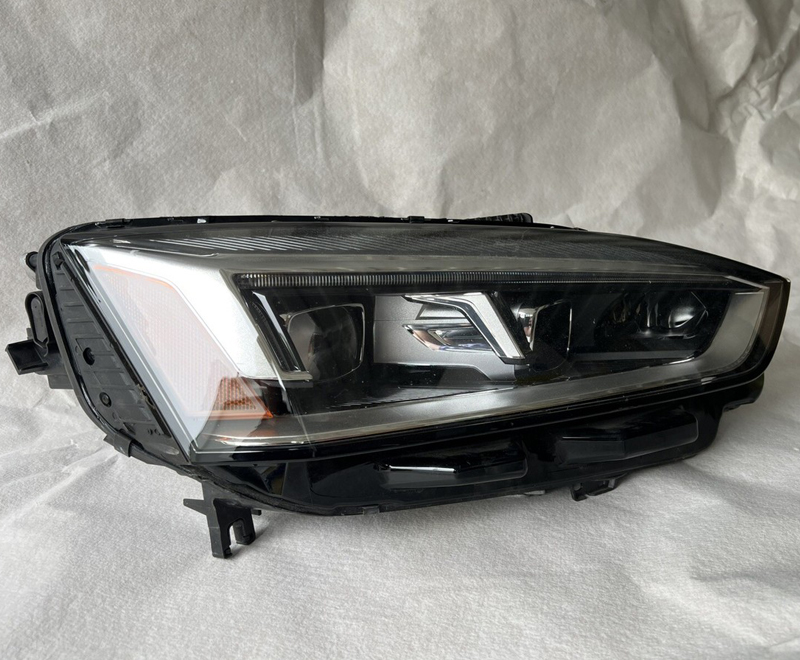
When to Choose:
Frequent rain/fog driving: Halogens’ 2,700K yellow light penetrates better than white LEDs/HIDs.
Low budget: High-lumen halogens (e.g., +80% brighter) cost ~$50/pair and maintain OEM beam patterns.
Limitations: Lower max brightness (1,000 lumens) and shorter lifespan (500 hours).
Key Risks in Car Headlight Modification
Glare & Safety:
Installing LEDs/HIDs in reflector housings without optics adjustment blinds oncoming traffic and fails safety inspections.
Legality:
Color Temperature: >6,000K bulbs often illegal (too blue).
Lens Requirements: HID/LED retrofits require projectors to pass regulations (e.g., EU ECE, U.S. FMVSS 108).
Heat & Electrical Issues: Cheap LEDs lack cooling, causing premature failure; high-wattage halogens overload wiring.
Recommendations by Use Case
| Scenario | Best Upgrade | Why |
|-|--|--|
| Daily Urban Driving | LED + Projector Housing | Balance of brightness, efficiency, and legality |
| Rural/Highway Nights | HID with Dual-Lens Retrofit | Superior long-distance illumination |
| Budget/Foggy Areas | High-Lumen Halogen + Lens Cleaning | Safe, regulation-compliant, and fog-penetrating |
| OEM-like Reliability | Branded LED Kit (e.g., OSRAM, Diode Dynamics) | 5-year warranty, error-free CANbus integration |
Critical Installation Tips
1. Lens Condition: Restore yellowed lenses with sanding/UV sealant kits—cloudiness reduces output by 70%.
2. Professional Alignment: After any upgrade headlight, align beams to avoid glare (DIY misalignment is common).
3. Avoid "Bulb-Only" HID/LED Swaps: Always pair with projectors. E.g., H4 halogen-to-LED conversions have 0% pass rate in inspections.
Final Verdict:
For most drivers, a quality LED headlight upgrade (e.g., Diode Dynamics SL2 Pro or OSRAM NIGHT BREAKER) in projector housings offers the best blend of safety, longevity, and performance. If retaining reflectors, use only halogens or LEDs explicitly designed for reflector optics. Always prioritize kits with warranties and local regulatory compliance.


